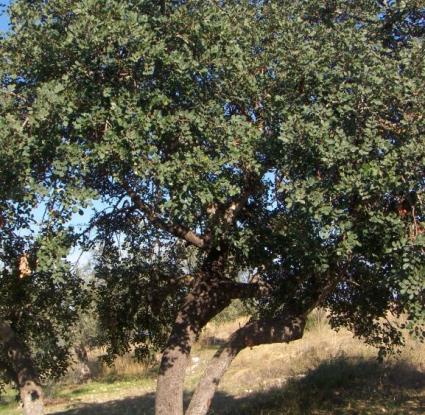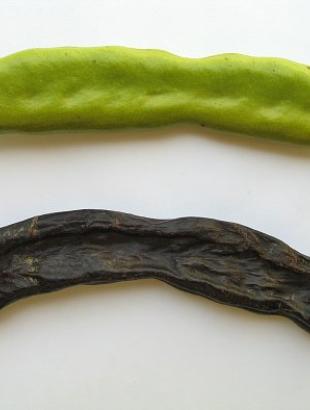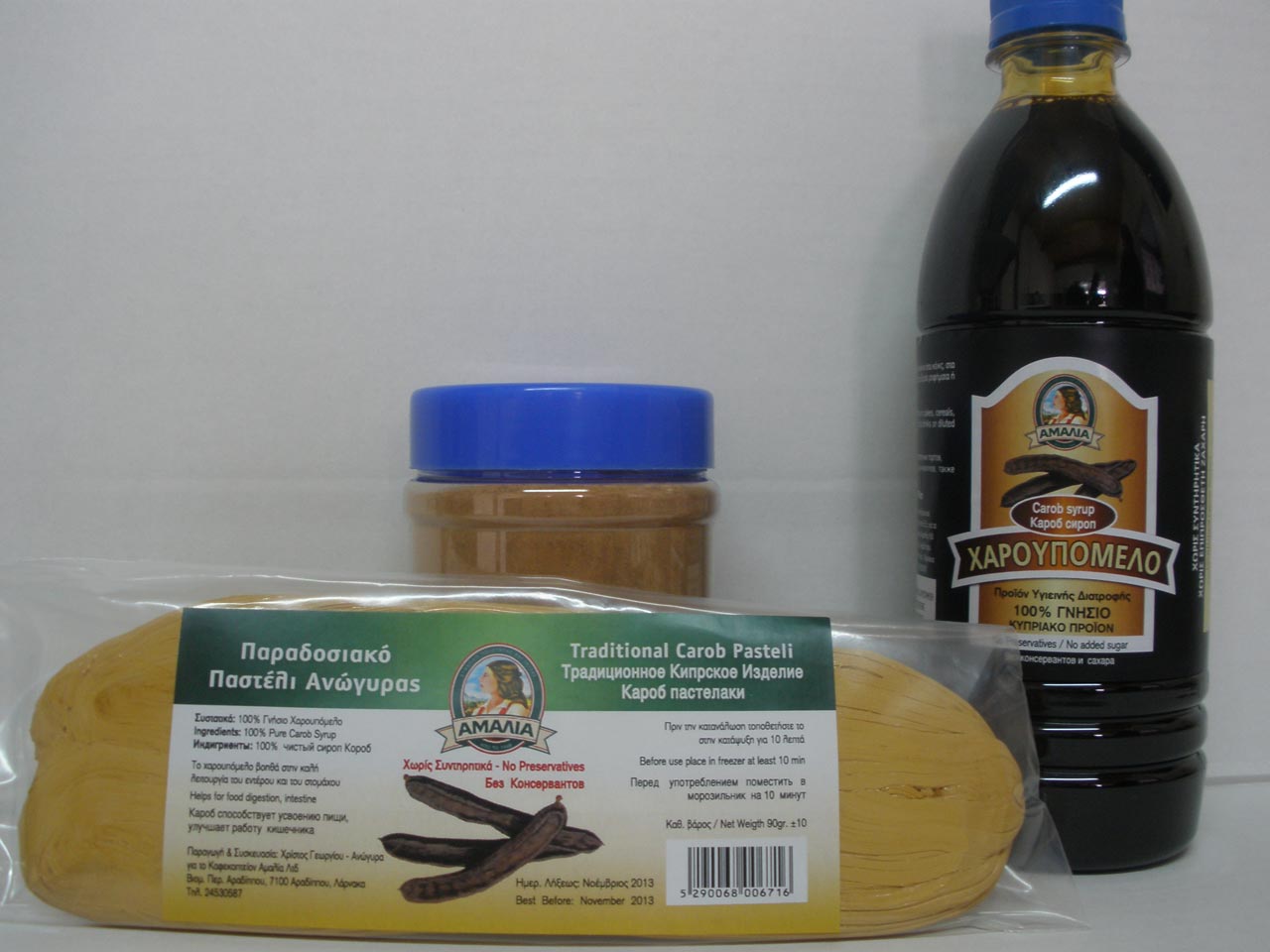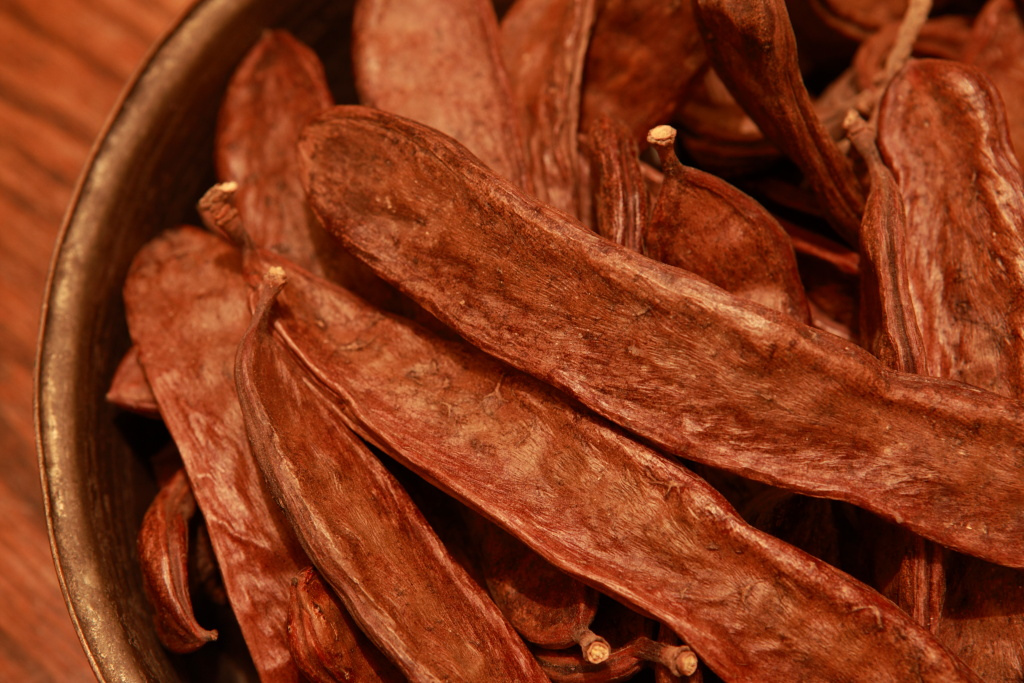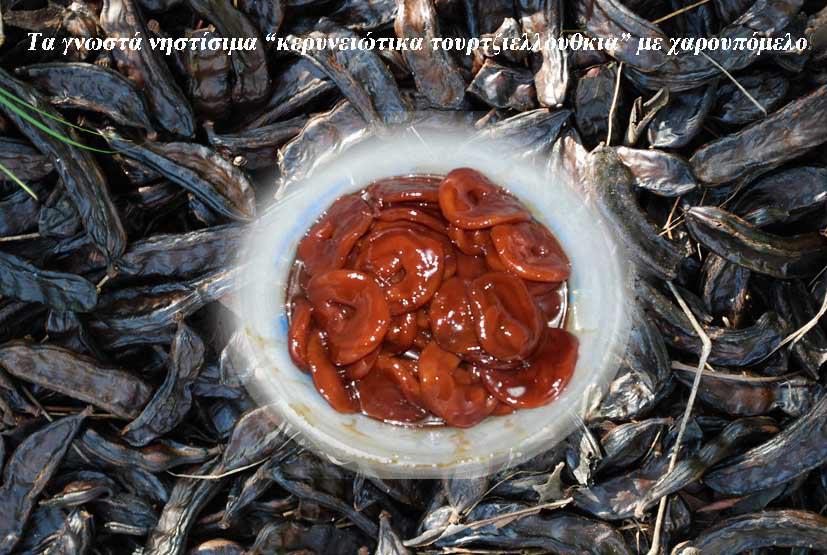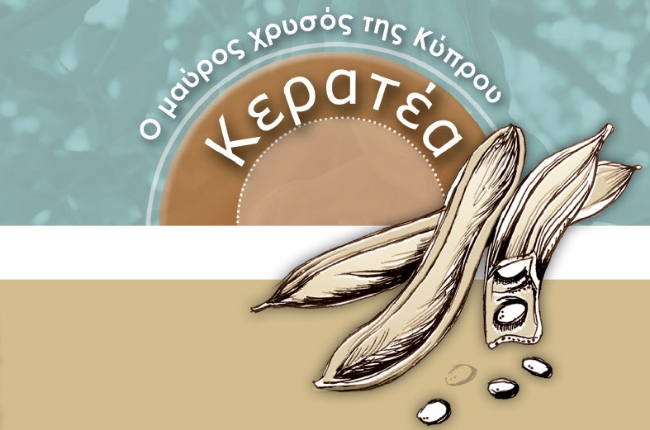Name - Origin
For many centuries, carobs were regarded as the black gold of Cyprus, since carobs along with olives and cereals were the most important agricultural products of the island. As regards to carobs, there is an additional reason for the name "black gold": they used to provide an additional income for small landowners, contributing to the annual family budget, while for big landowners and merchants, carobs were a real "vein of gold" providing high revenues to them. The carob tree is a dry tree, which means it does not need much water and special care to grow and bear fruit, but with careful cultivation it can grow up to 20 meters high and yield more than a kantari (180 okas or 230 kg) of fruit in a year. During the English rule and the subsequent years, the harvesting season was set by a government decree, in which the exact date of the beginning of the harvest was determined, which was usually around the end of August. Landowners would prepare the necessary equipment early on, so as to be ready in every respect at the beginning of the harvest. The collection of carobs would begin at dawn and end at sunset.
First of all, the harvesters "hálizan or váklizan" the carobs i.e. they were shaking the carobs down using long poles. The harvesters carrying out this task were called halistés or ríhtes. The carob collectors were usually women and young children; they would place the carobs in their aprons or in baskets and then place them in large sacks of 100 to 150 okas each. The sacks were loaded by kkiratžíes on animals (donkeys or mules) and sometimes even on carts and transported to large warehouses in the ports of Famagusta, Kyrenia and Limassol, where the merchants would receive them and then export them. The whole process would last for 10 to 15 days, depending on the number of trees each landowner had. Then, the owners would give permission for pokkourísmata... The poor and unprivileged members of the community called pokkourtzíes, were granted permission to enter the property and pick up the remaining carobs (póngoura). The legislation was so strict that if a person was caught collecting carobs without permission, he would be taken directly to court, facing a heavy fine and even imprisonment... (Sophocleous, 2004 pp. 128-129)
Functional and symbolic role
The use of carob in the daily diet of Cypriots is further understood through relevant content (keyword "carob").
Additional information and bibliography
Sophocleous G. (2004), Παράθυρο στη Κύπρο μας. Λαογραφική –Πολιτιστική Ανθολογία, vol. B΄, Nicosia.
Stalo Lazarou

